It can be difficult to keep an online business afloat for 16 weeks, so when you hear about one that’s been around for 16 years, it’s hard not to be impressed.
Since opening his store in 2003, Adam Greenspan has managed to scale it to the point where it’s a leading brand in his niche. And his main competitors aren’t small-fry websites either, they’re huge brands like Amazon and Home Depot. (Don’t worry – we’ll get to his store and his niche in a second.)
However, Adam’s story isn’t one of a flashy online business that allowed him to retire early and spend his days driving sports cars and drinking cocktails by the pool. Instead, it’s about years of hard work maintaining a full-time job and spending his free time keeping his online store ahead of competitors until he was in a position to fully commit to it.
But make no mistake about it, Adam’s store is plenty successful. In fact, it makes around $102,000 in sales – and $12,000 in profit – every month.
And that becomes even more impressive when you learn he’s done it all selling wallplates.
Eager to learn more about his journey finding success with one of the most unusual business ideas, I recently spoke with Adam and got the scoop about how his bright idea for an online wallplate store came to life.



Starting a Store Selling… Wallplates?
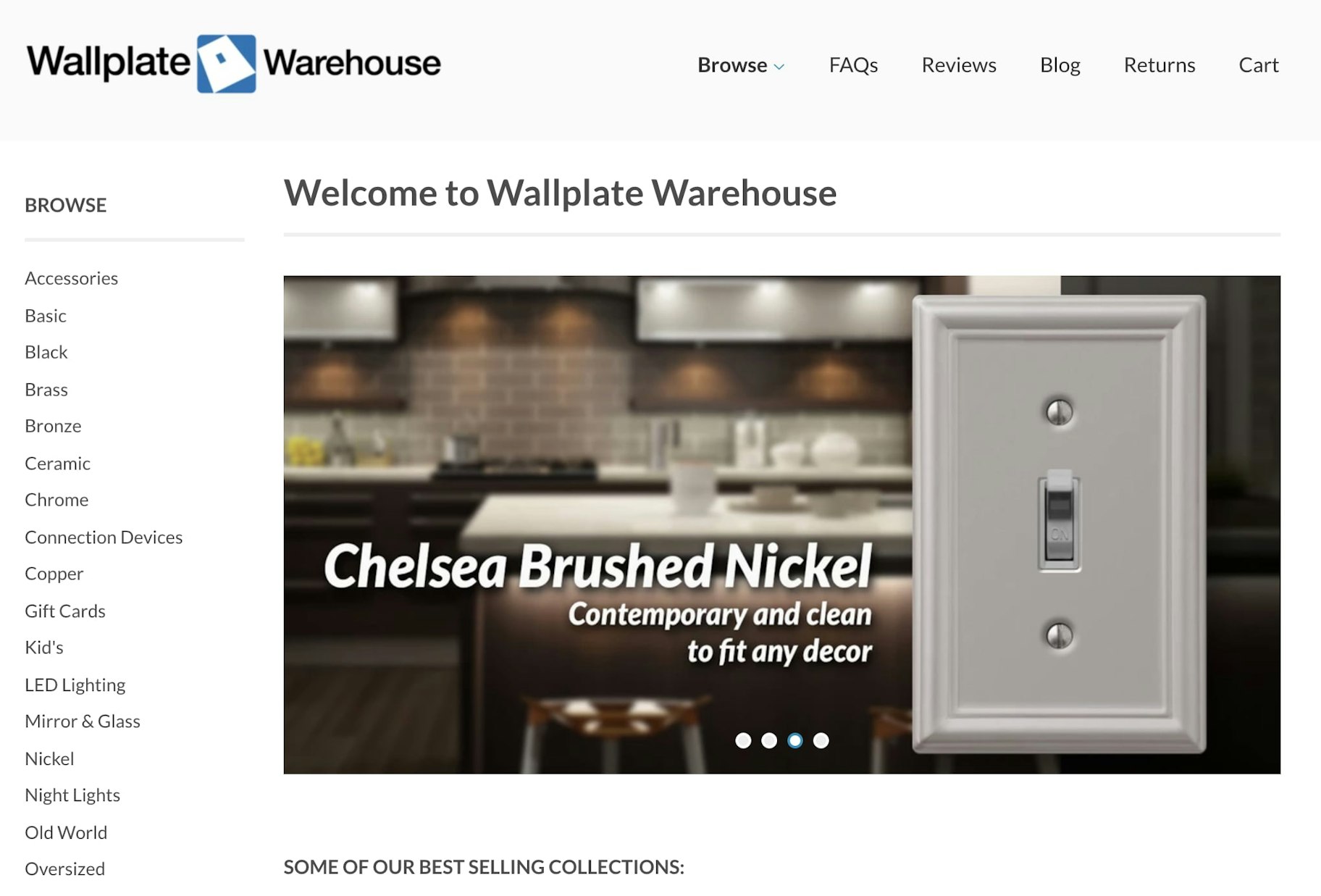
As an early adopter of the internet and online shopping (“I remember when Amazon used to sell just books”), even in the mid-90s Adam Greenspan knew there were big opportunities to be had in the ecommerce realm. And he was keen to stake his claim.
→ Click Here to Launch Your Online Business with Shopify
He was making a living working for companies like Yahoo and entrepreneurs like Mark Cuban – he’d seen the possibilities and knew they were only expanding.
After moving to Dallas in 1998, Adam met a friend who worked manufacturing wallplates – you know, the decorative plate that goes around the power outlets or light switches in your home. Although it seems like an odd product to consider creating a business around, it was a product that sold well for his friend.
“You’d say, ‘Oh Wallplates, who really needs that?’ But actually, everybody has them and everybody has a ton of them.”
As the world of ecommerce grew, Adam sensed a great opportunity to sell these products online, especially as it was a pretty uncompetitive niche at the time. So, in 2002 he started talking with his friend about selling his products online and in 2003 Wallplate Warehouse went live.
The Power of Specific Niches
Adam’s store is the perfect example of a niche store – a very niche store. And it also has the advantage of being an evergreen niche, meaning there’s always going to be demand for the product he stocks. After all, as Adam told me: “Every home has a lot of light switch covers and outlets in them.”
It’s something he thinks is key for new entrepreneurs to focus on. “It doesn’t matter which market you’re in, but you really gotta find that niche market. If you could find that really niche market I think you could be successful.”
And taking a look at the steady popularity of wallplates over the last five years, it’s clear that this was a great niche to be involved in.
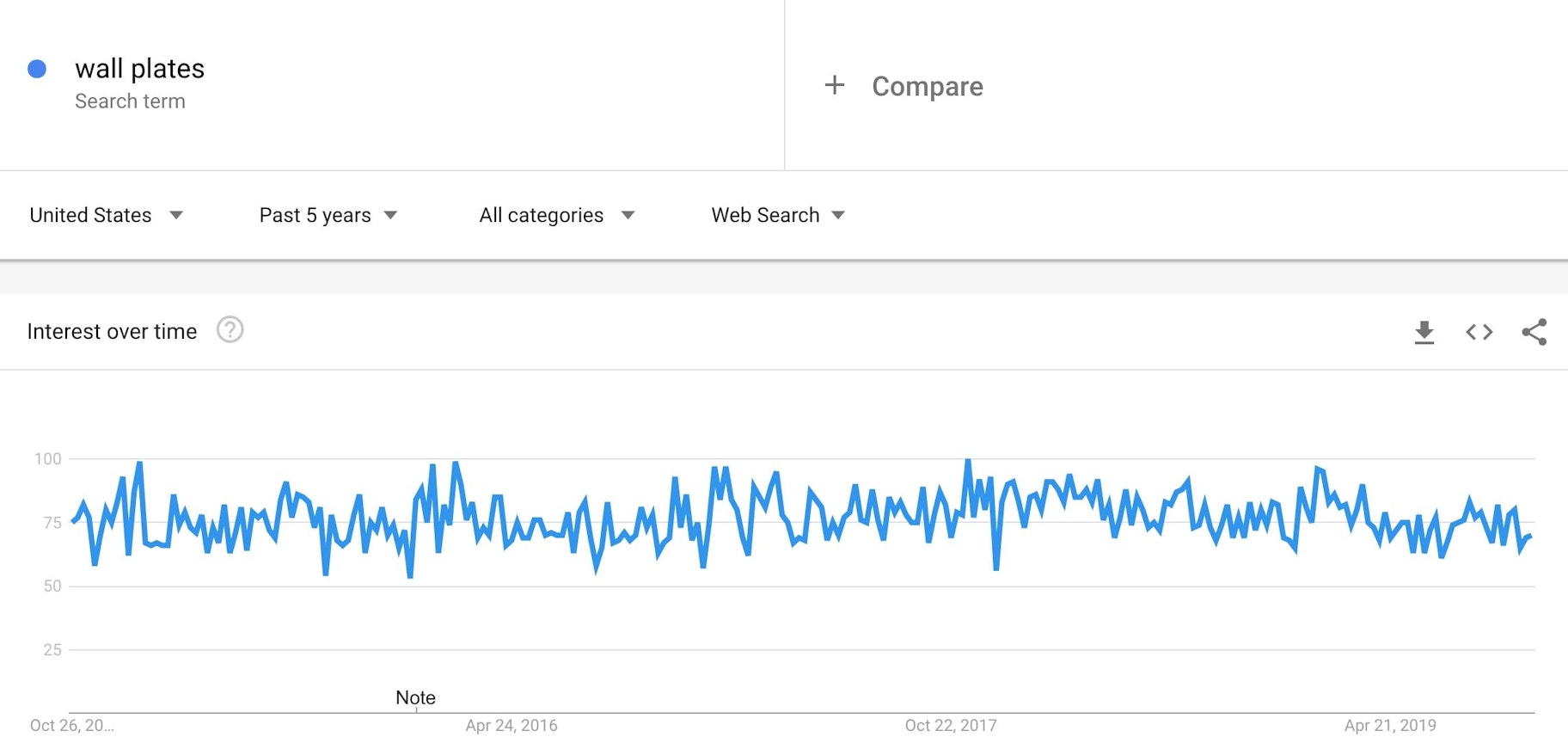
“My typical customer goes to Home Depot or Lowe’s, and they spend hours walking around and they can’t find everything that they’re looking for because they don’t stock them all,” Adam said. “And then they come to us and they’re like, ‘Oh, well, we wish we had found you prior to our hours spent searching.’ Since we’re not like Amazon in the sense that we don’t have millions of other products around our product, it’s very easy to just go on [Wallplate Warehouse], get what you need, and get out and be done with it. Which is what customers want.”
Knowing this about his customers meant that Adam was able to develop a well-known, trusted brand by focusing on bringing his customers exactly what they needed. It was a method that worked and worked quickly.
“It was a success from the beginning,” he says. “It was a constant increase of traffic and sales. [The manufacturer] really wasn’t selling much online. And then within just a few months, I was one of his top retailers.”
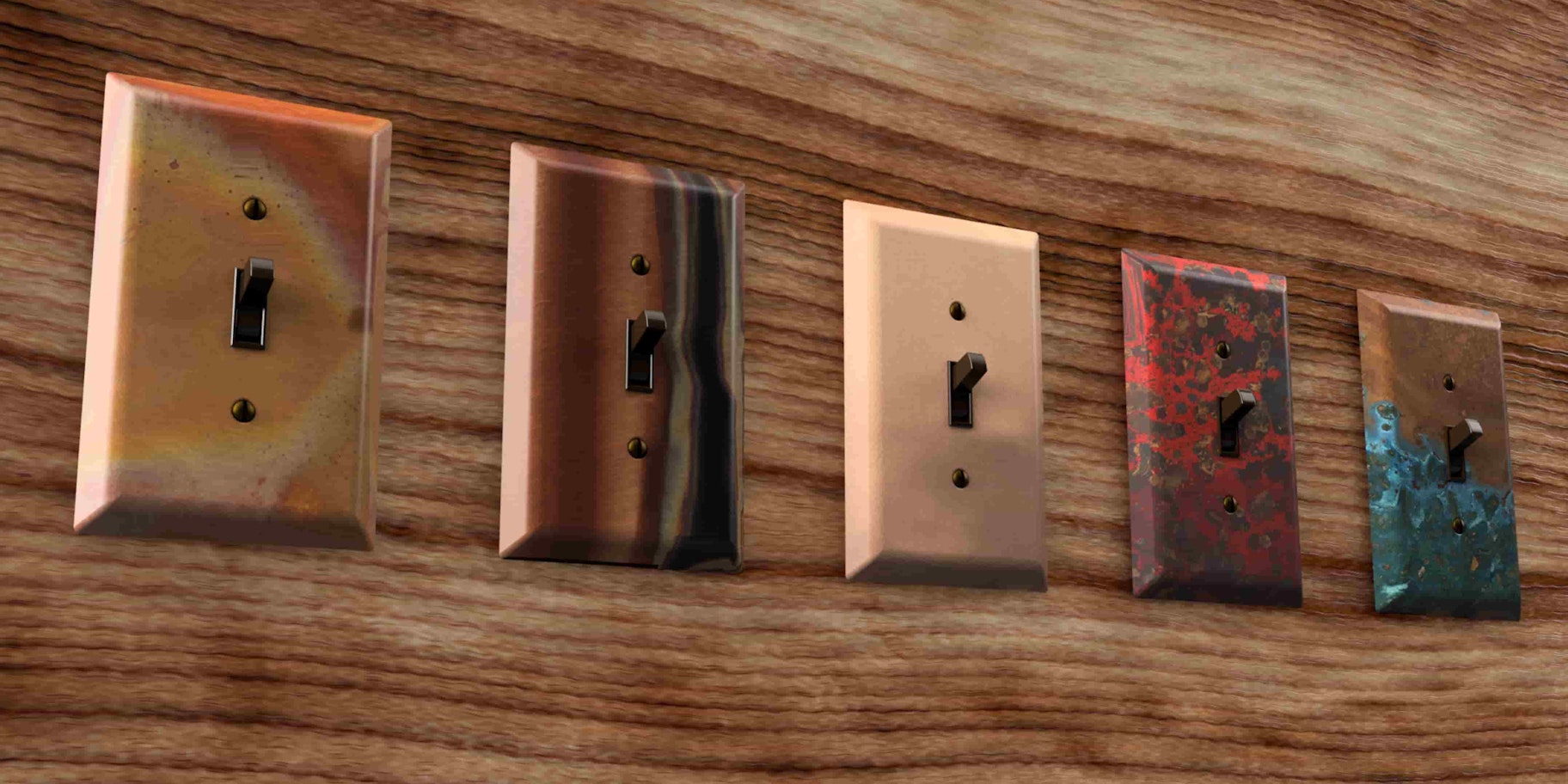
So how exactly was Adam able to handle processing all of these orders on top of keeping the online store running and working his full-time job? Well, aside from having good time management, it was also because he operates using the dropshipping model.
A Million Dollar Dropshipping store
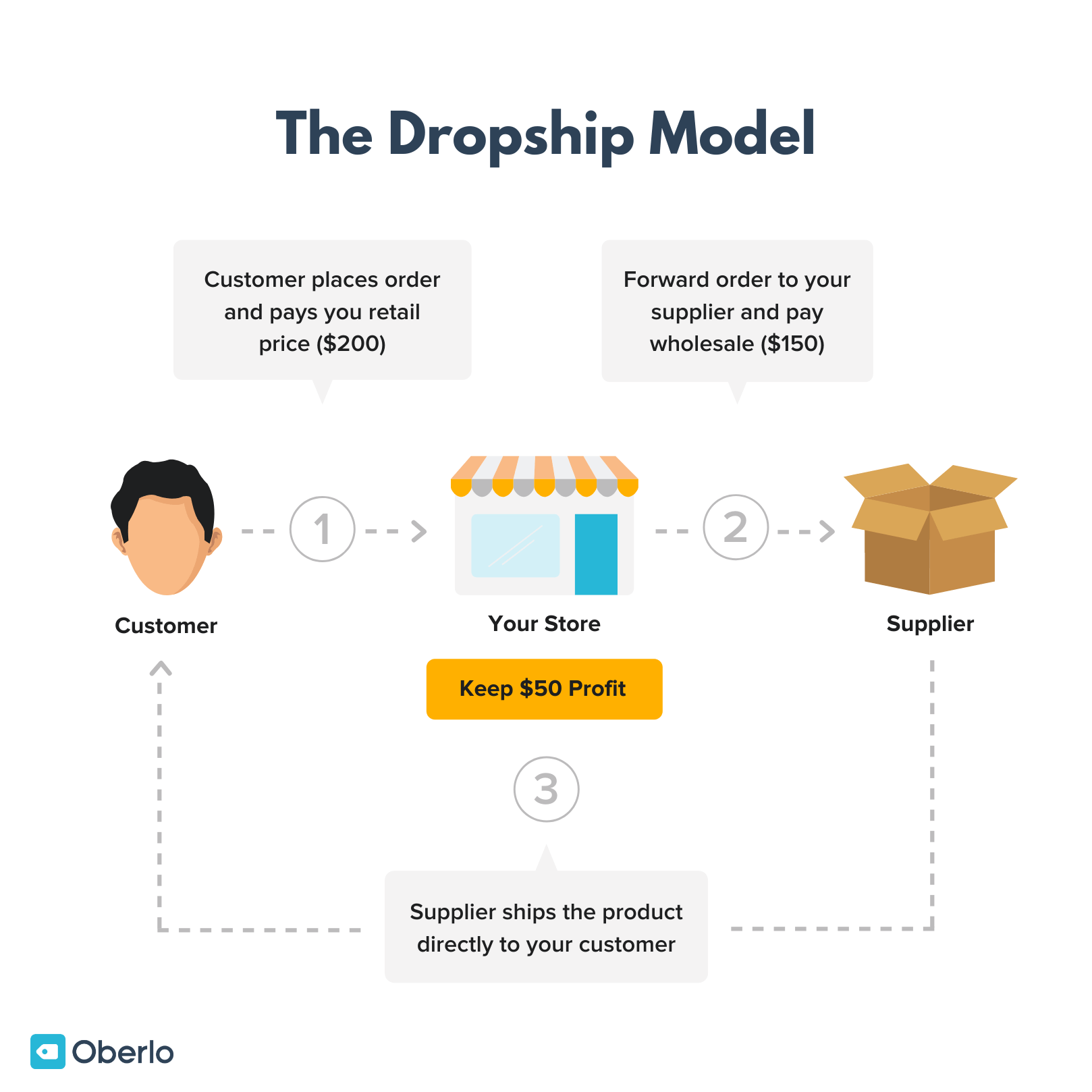
Don’t know what dropshipping is? Allow us to explain. Dropshipping is a business model where a store owner never has to keep large amounts of stock or ship items. Instead, a customer buys an item from a store, which then places an order with the supplier. From there, the supplier packages and ships the product directly to the customer.
Because there’s no need to bulk buy and hold stock, it’s a low-cost and low-risk business model, and apps such as DSers have made it easier to dropship than ever before.
But, just because it’s low-risk, doesn’t mean that dropshipping businesses can’t make a whole lot of money.
Adam’s store made over $1.3 million in sales in 2018 – and it’s on track to make even more in 2019.
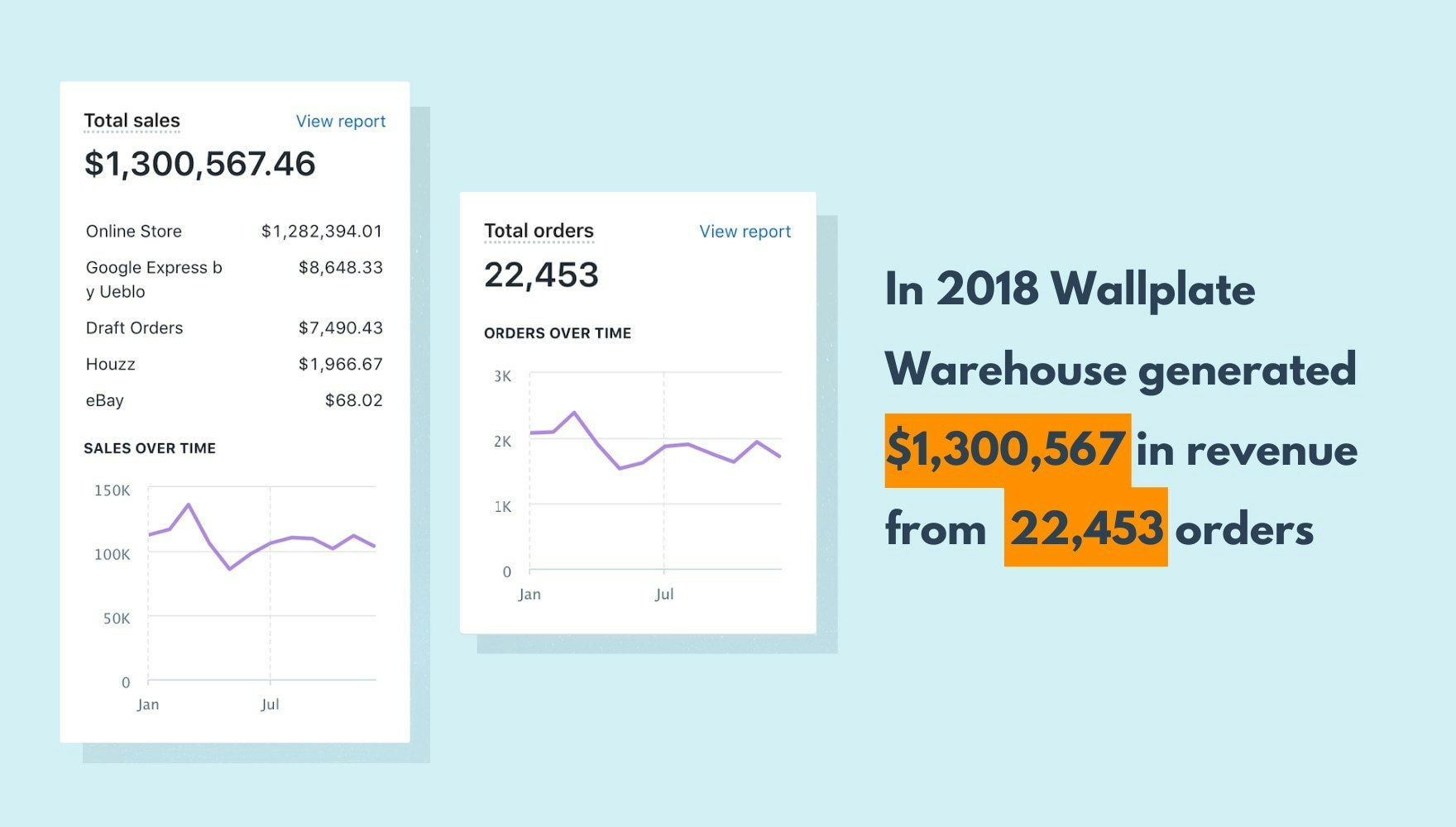
While Adam started Wallplate Warehouse with just one supplier – his friend in Dallas – after seeing the success of the store, he began working with others. These days Wallplate Warehouse has three different suppliers across the United States and Adam is always open to working with others. “We’re always interested in adding new merchants who are willing to dropship,” he says.
Because light switches and power outlets differ in appearance by country, Adam’s store only ships to customers in the United States. And although this might seem like a restriction, it helps ensure faster shipping times and makes it easier to stay connected to his customers.
This connection to his store’s visitors has meant he’s been able to execute a very targeted marketing campaign, including some long-term strategies that might seem surprising when thinking about Wallplate Warehouse’s products.
A Switched-On Marketing Strategy
Even before his store was live, Adam was busy thinking about things he could do to help the business succeed.
Although most of the SEO tools we now have at our disposal weren’t available back in 2003, he was acutely aware that having a good brand name would both help him rank well on Google and make it instantly obvious what he was selling.
“It’s funny, because when I talked with my friend, who is a manufacturer, I said, ‘I think I’m gonna use the name Wallplate Warehouse.’ And we kind of laughed.”
Although Adam admits that his store’s name is a bit cheesy, it also worked. “When you do a Google search, you type in ‘wallplate,’ it’s like the first thing that comes up.
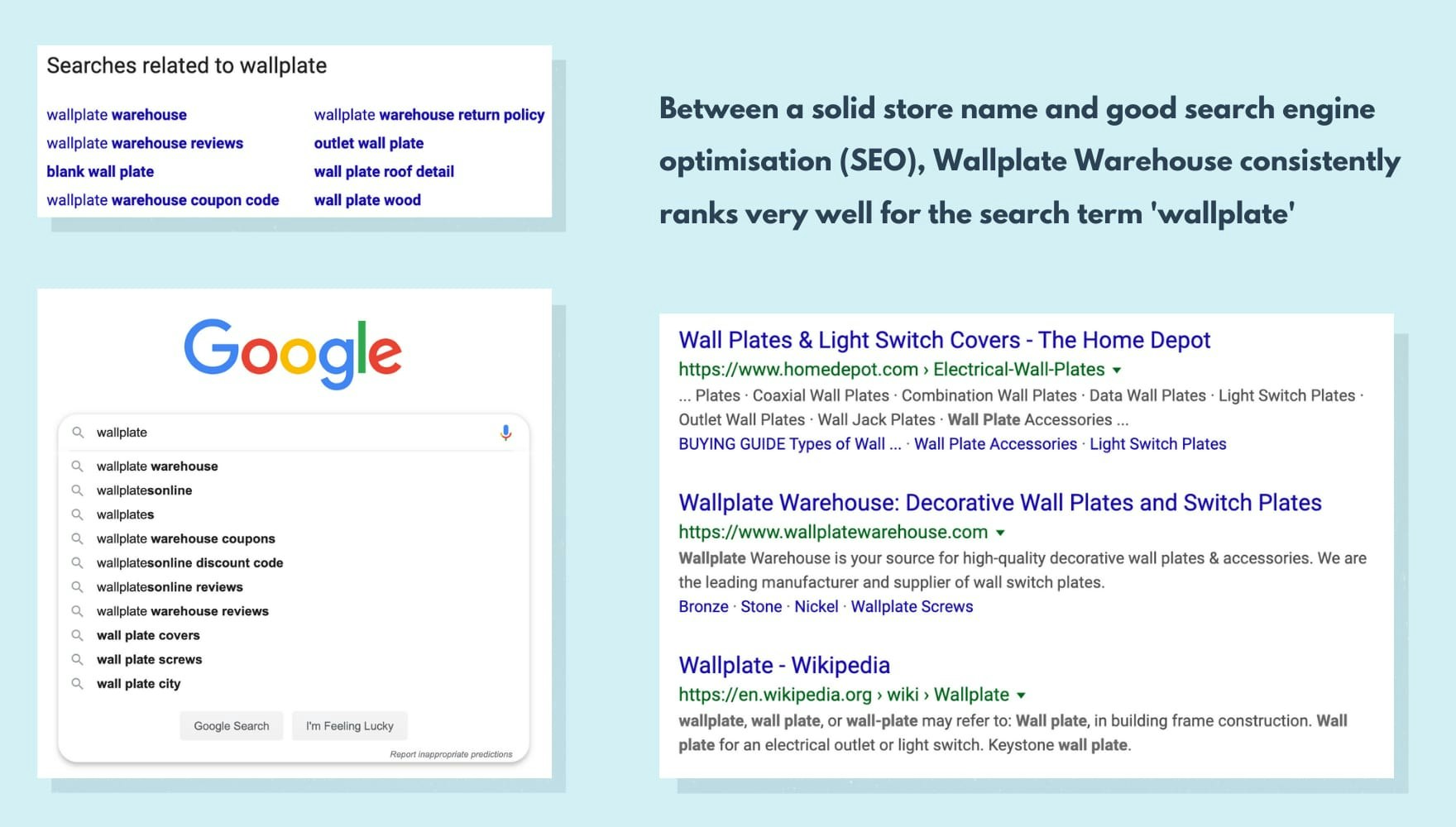
But just having a good name or domain won’t help your website rank on Google. For that you need a thorough SEO strategy.
Aside from his website being optimized with things such as good images, meta descriptions, and keywords across his landing pages and product pages, Adam also created a blog for his store.
Yes, that’s right, a blog that entirely revolves around wallplates and night lights.
And you thought writing blogs about swimwear or watches was hard.
Different Content for Different Search Intents
The Wallplate Warehouse blog has 15 pages worth of content – or around 70 individual articles. It covers things from how to clean your light switch covers, finding decorative wallplates for your living room, and how to choose the right size plate for your outlets.
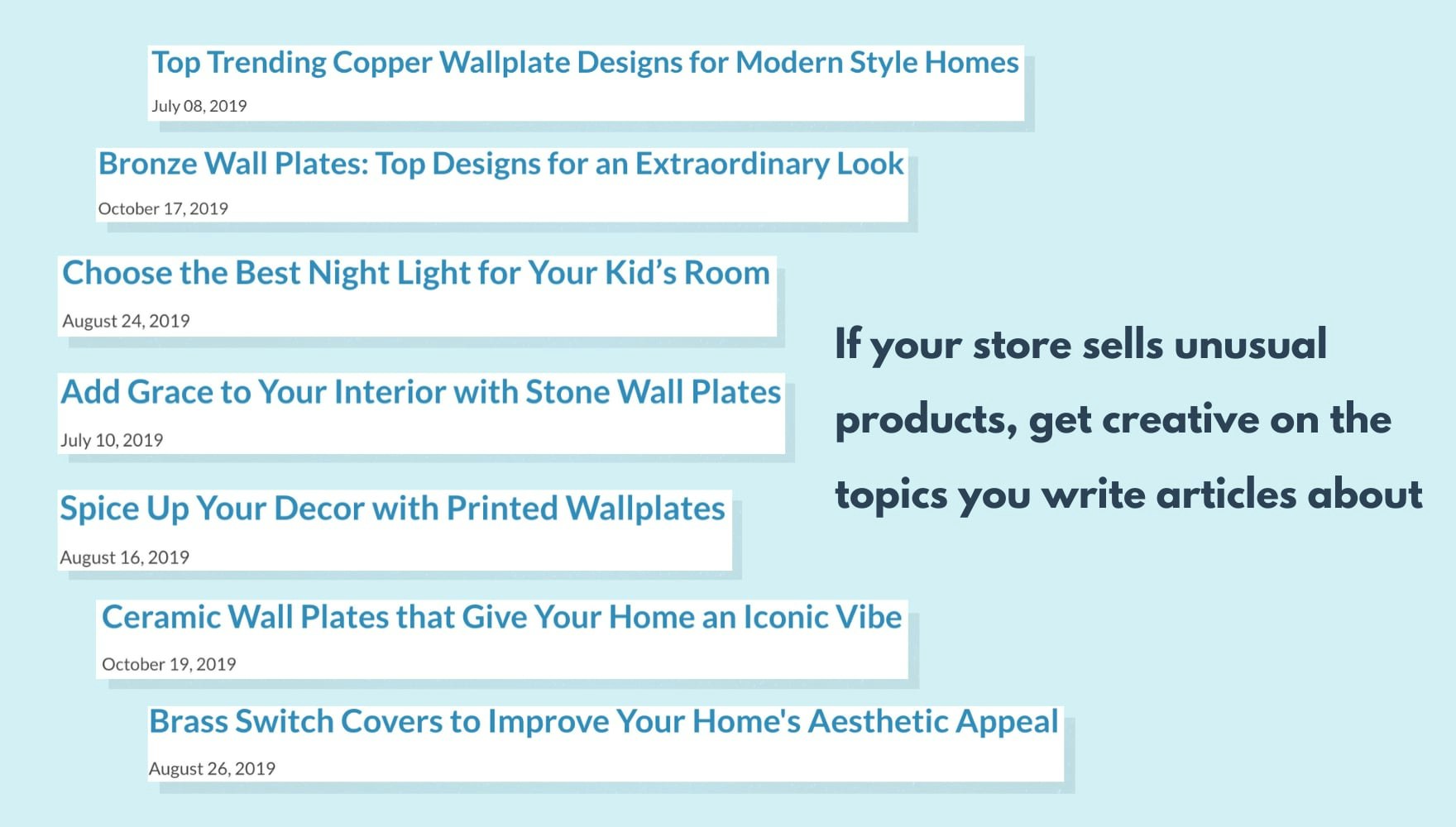
Adam’s website covers topics that capture two types of search intent – informational searches and transactional searches. While not everyone reading these blogs will immediately go on to purchase something, they both play an important role in his short and long-term strategies.
Informational searches: These are usually done when a person wants to learn more about a particular subject, though they probably don’t want to purchase anything at that specific moment.
Blog topics such as “A Beginner’s Guide to Positioning Electrical Wall Switches” or “Cleaning Your Light Switch Covers the Right Way” are examples of blogs that are perfect for informational searches.
While these blogs might not result in an immediate sale, they’re a fantastic way to add credibility to your brand and establish it as one with useful information. This can make all the difference in the future when these visitors may want to buy.
Transactional searches: These are searches made when someone is ready to purchase. They’re generally much more specific as the user has already done research on their options.
Many of the blogs on Adam’s website capture visitors when they considering specific types of wallplates, such as “Ceramic Wall Plates to Give Your Home an Elegant Look” or “Brass Switch Covers to Improve Your Home’s Aesthetic Appeal.” These articles serve a different intent than the more general ones.
Meanwhile, his product pages are also optimized to fully convert those users who are ready to buy.
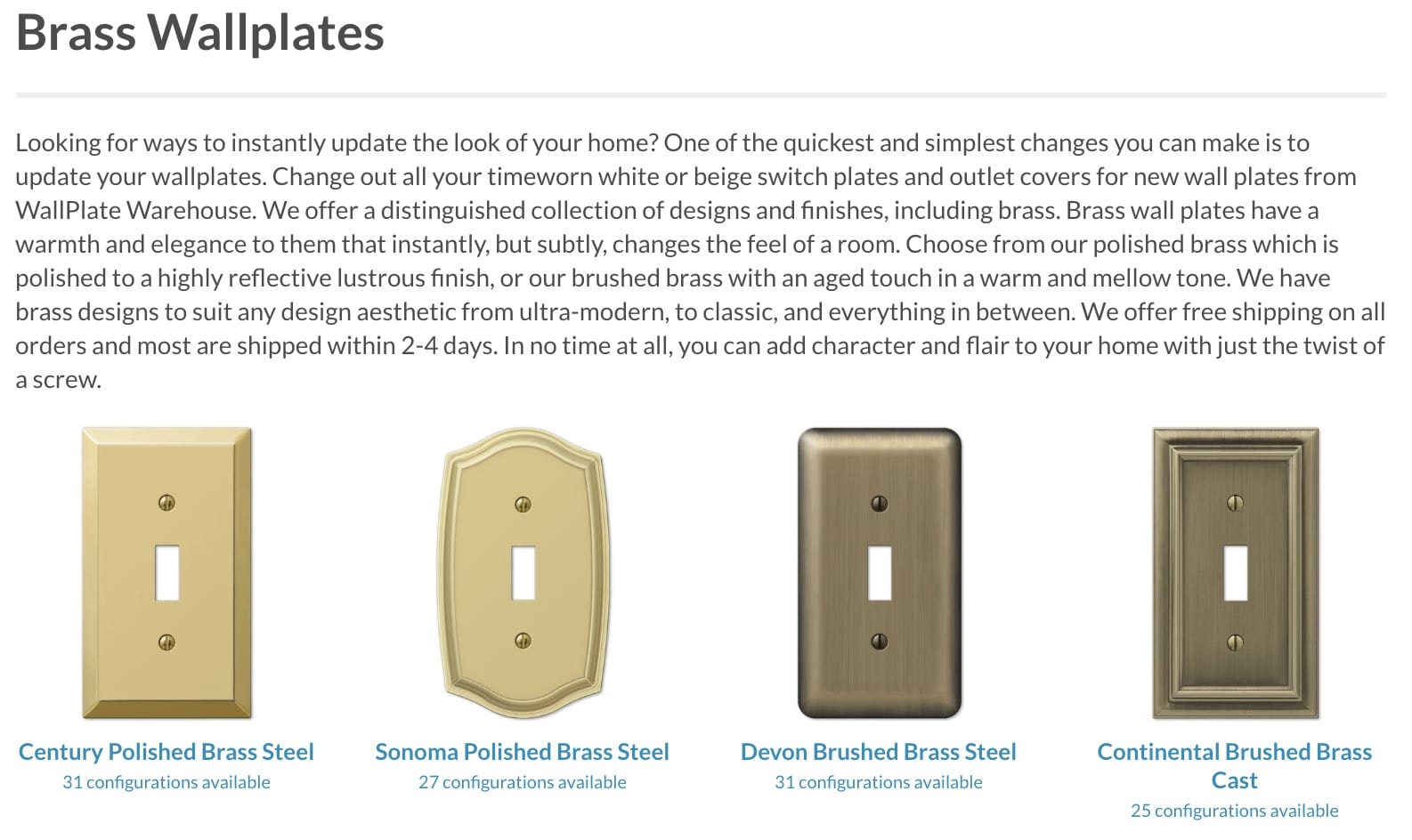
Creating a blog for your website can be a time-consuming process and it can be costly if you outsource the work, as Adam does. However, there’s a reason why many successful online businesses take the time to create one: they work.
Blogs help you gain credibility, make your website more visible, and can be a fantastic way to make sales.
But as we know, you should always have multiple marketing channels and for Wallplate Warehouse by far the biggest form of marketing is pay-per-click.
Spending Money to Make Money
While Adam’s homepage and blogs rank organically on Google and other search engines (never forget Bing), his pay-per-click links have their high position because they have money behind them. For every customer who arrives on Wallplate Warehouse after clicking on one of these paid links Adam is charged a fee – hence the name pay-per-click.
Pay-per-click ads are easy to spot on Google because they have the little ‘Ad’ or ‘Sponsored’ labels next to the URL.
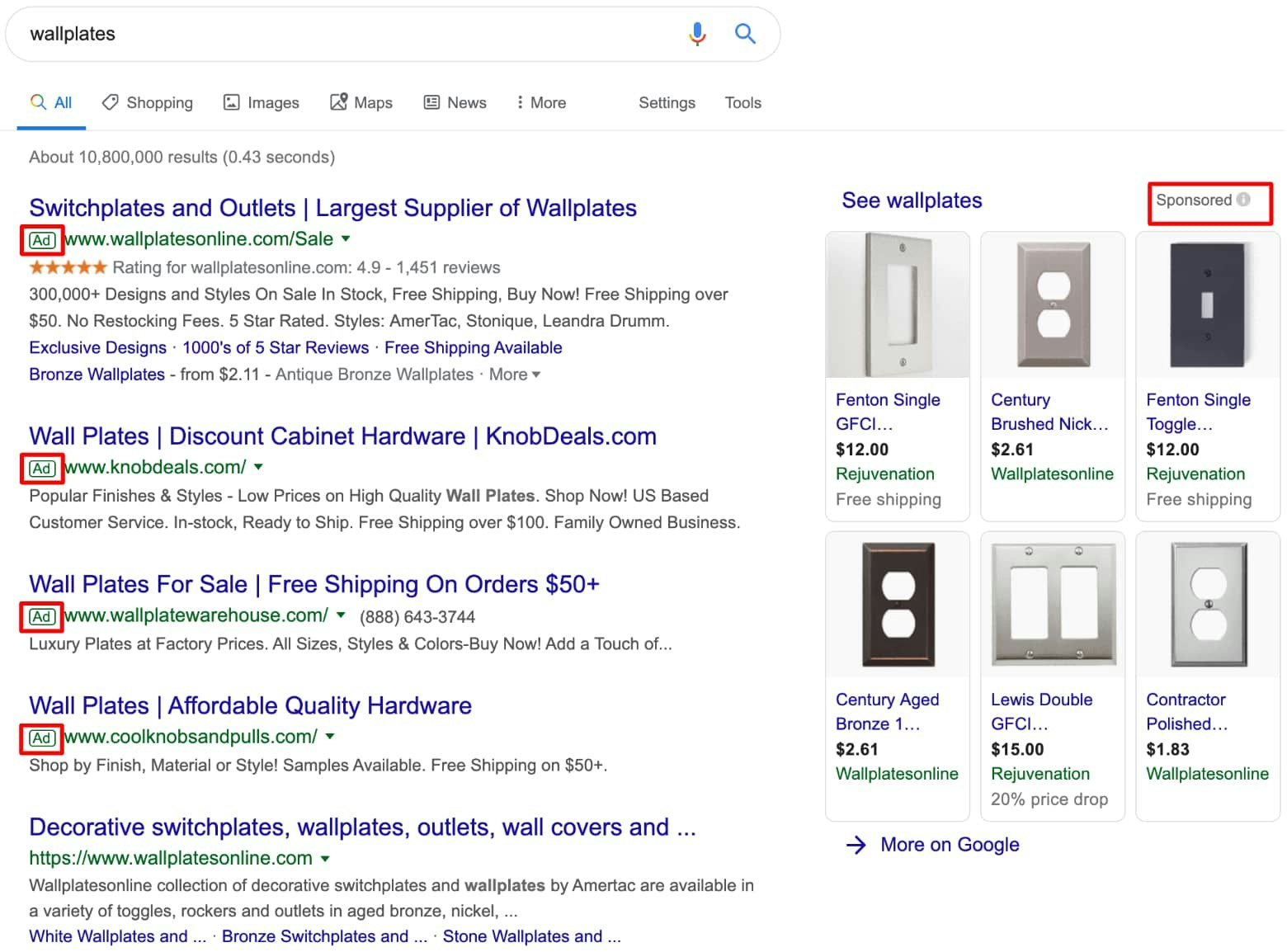
Although pay-per-click marketing has an ongoing cost, as long as the cost per click is much lower than the price of the item that the customer buys, it’s a great strategy. And for a business like Wallplate Warehouse, which rarely has orders for just one item, using PPC is a no brainer. “It’s costly,” Adam admits, “but it definitely pays off.”
In fact, Wallplate Warehouse’s conversion rate speaks for itself. At 4.66 percent, it’s more than double the ecommerce standard of about 2 percent. Not only is this hugely impressive, but it’s absolute proof that having a niche store selling items that meet a need is a great foundation for success.
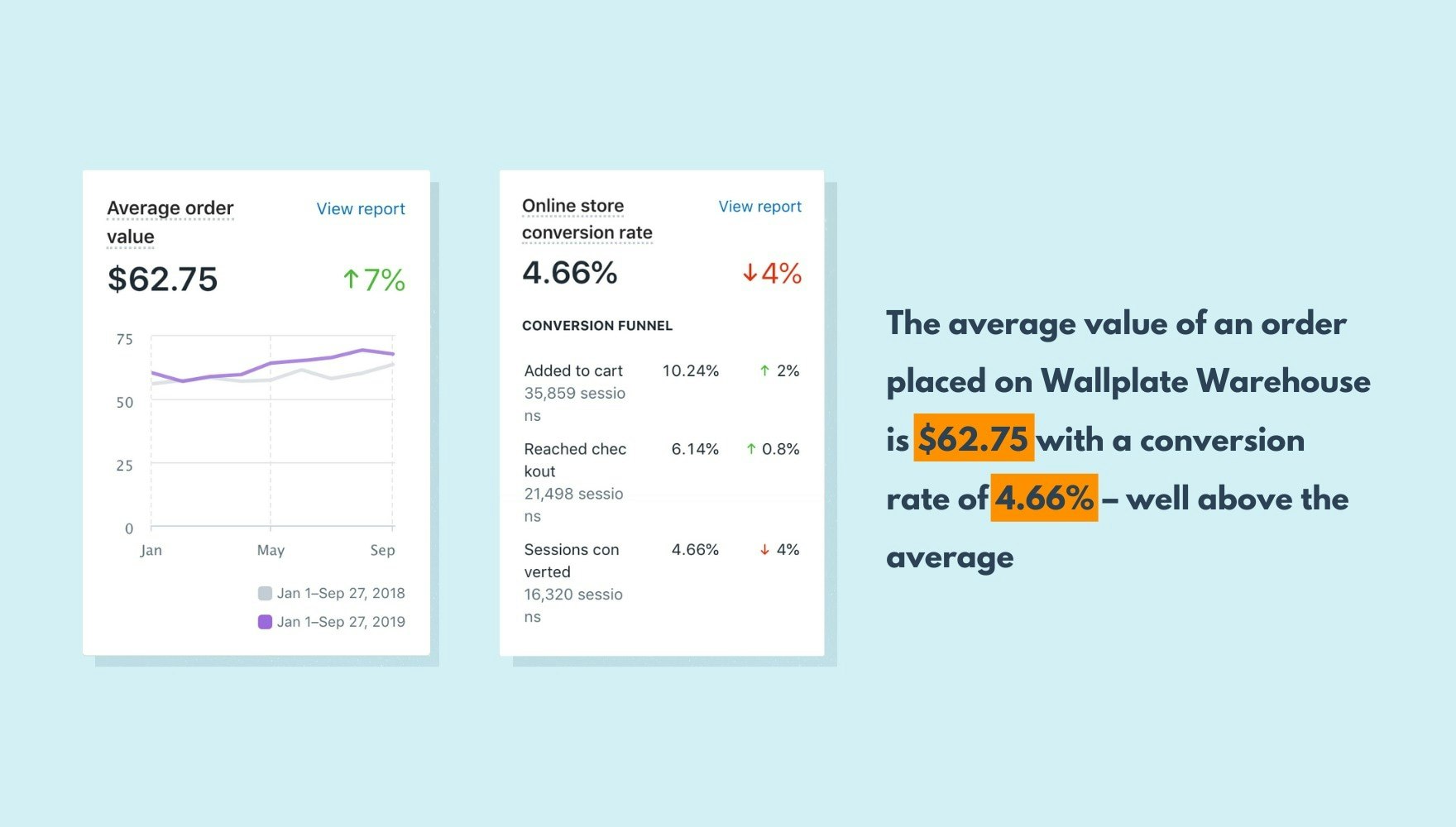
While Adam used to manage all of Wallplate Warehouse’s PPC campaigns himself, eventually it became so complex that he knew he had to bring in outside help. “It got to a point where if you were not taking classes and constantly being updated on the constant changes it was almost impossible to manage.”
This is something that many entrepreneurs struggle with and for Adam, whose skills lie on the creative side of things, he overcame it by hiring help when he reached the limit of his capabilities.
Moving on to the Next Step

Having been a designer by trade, taking a leap into the world of business was certainly a different direction for Adam. But after years of building Wallplate Warehouse into a well-established and reputable store, he’d become an expert on his products and could also see other opportunities ripe for the taking.
Blending his original skillset with the knowledge he’d gained, Adam started talking with his manufacturer friend and the pair came up with some concepts for night lights.
Although Adam had never created physical products before, using his design know-how, he was able to turn their ideas into 3D prints, which were then made into samples, and could finally be sold online.
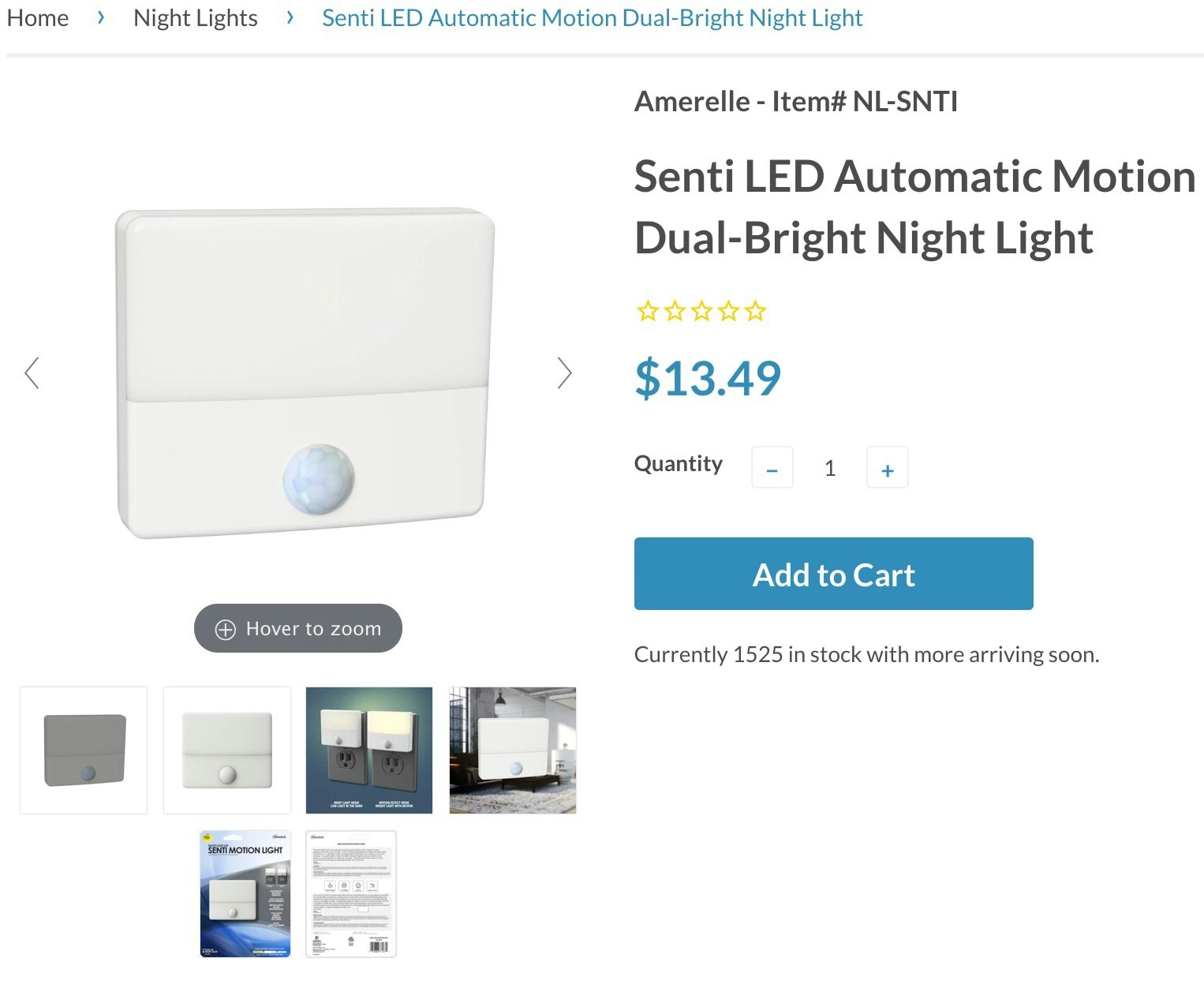
These days he estimates that around 50 percent of the night lights sold through his main manufacturer are actually products that he’s designed. And not only that, but his designs are also sold in brick and mortar stores like Home Depot and Lowe’s – the same businesses that Wallplate Warehouse competes against.
Aside from designing products, Adam also designs the packaging that goes with these items, often making several different packaging variants for each product so they can be sold in different stores.
It’s a lot of work and takes a lot of time, but it’s what Adam loves to do, which is ultimately why he decided to sell Wallplate Warehouse.
“I’m trying to sell the business so I can actually focus on design, on product design, package design, which to me is my real passion,” he said. “I do love having a business, and everything goes to me and my family, but I do want to focus on that. It’s difficult to do both. It’s just time, right? You can only have so much time to spend on that.”
Wallplate Warehouse is now up for sale on the Shopify Exchange. Adam says he’s keen to get a fair price and help the new owner with the transition period, and then he’s ready to return to his design roots full-time.
After 16 years in the wallplate game, it’s time for some other products to shine.



